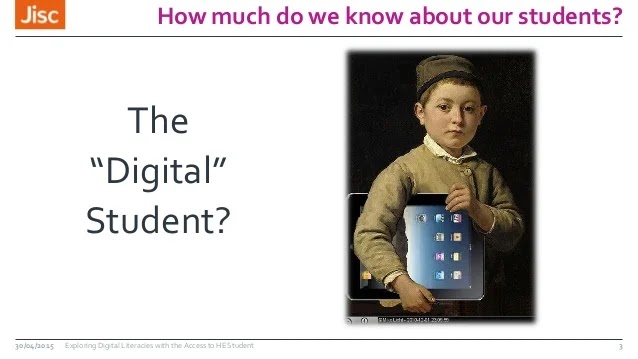Navigating the Digital Landscape: Copyright and Fair Use Explained
Navigating the Digital Landscape: Copyright and Fair Use Explained

In the digital age, the ease of accessing and sharing information has brought attention to the importance of copyright and fair use. As creators and consumers of digital content, understanding these concepts is crucial to navigate the boundaries of intellectual property rights. In this blog, we will explore copyright and fair use, shed light on their significance, and provide guidelines for responsibly engaging with copyrighted materials.
Copyright Basics
Copyright is a legal framework that grants creators exclusive rights over their original works, including literary, artistic, musical, and digital creations. These rights protect the integrity of the work and enable creators to control its distribution, reproduction, and adaptation. Copyright protection is automatic upon the creation of a work, and it extends for a specific duration, varying by country.
Understanding Fair Use
Fair use is a legal doctrine that allows limited use of copyrighted material without permission from the copyright holder. Fair use aims to balance the rights of copyright owners with the public's interest in accessing and utilizing copyrighted works. However, fair use is subject to interpretation and varies across jurisdictions. Four factors typically guide fair use determinations:
- Purpose and Character: The purpose and character of the use, including whether it is for nonprofit, educational, or transformative purposes.
- Nature of the Copyrighted Work: The nature of the copyrighted work, such as its factual or creative nature, influences fair use analysis.
- Amount and Substantiality: The amount and substantiality of the portion used in relation to the whole work. Using small or insignificant portions is more likely to be considered fair use.
- Effect on Market: The potential impact of the use on the market for the original work, including the potential for market substitution or competition.
Responsible Engagement with Copyrighted Materials
a) Obtain Permission: When in doubt, seek permission from the copyright holder before using copyrighted material. This is especially important when using substantial portions or intending to use the work for commercial purposes.
b) Attribute and Give Credit: Properly attribute and give credit to the original creator of the copyrighted work. This acknowledges their contribution and helps avoid plagiarism.
c) Educate Yourself: Familiarize yourself with copyright laws and fair use guidelines in your jurisdiction. Stay informed about updates and changes in copyright legislation.
d) Utilize Public Domain and Creative Commons: Public domain works or those licensed under Creative Commons provide opportunities for using and sharing content legally. Respect the terms and conditions associated with these resources.
e) Seek Legal Advice if Necessary: In complex situations or when dealing with copyrighted material for commercial purposes, consult legal professionals for guidance to ensure compliance with copyright laws.
The Impact of Copyright and Fair Use
a) Promoting Creativity and Innovation: Copyright protection encourages creators to invest time, effort, and resources into producing original works. Fair use, on the other hand, enables innovation, creativity, and the transformative use of existing works.
b) Balancing Access and Protection: Copyright and fair use strike a balance between protecting creators' rights and facilitating access to knowledge, cultural heritage, and educational resources.
c) Ethical Responsibilities: Respecting copyright and fair use principles promotes ethical behavior and fosters a culture of creativity, collaboration, and respect for intellectual property rights.
Conclusion: Copyright and fair use are vital components of the digital landscape, ensuring the protection of creators' rights while allowing for the responsible use of copyrighted material. By understanding these concepts, respecting intellectual property, and adhering to fair use guidelines, we can navigate the digital world with respect for creators, promote innovation, and foster a vibrant and inclusive exchange of ideas. Embrace the principles of copyright and fair use as responsible digital citizens, and contribute to a creative and knowledge-sharing society.





评论
发表评论